
As a hidden disability, signs of dyslexia
can often be hard to recognize, especially the signs of dyslexia in early childhood. It’s vital that
parents, caregivers or teachers know how to spot dyslexia in children, as the sooner a child is diagnosed with dyslexia, the
sooner their development and learning can be suitably aided with sensory products and tools.
Educational tools will help teach dyslexic children the valuable skills needed to navigate daily tasks throughout their childhood and adulthood.
Signs of dyslexia
can be spotted in children as young as three years old. As the disability impacts speech development, reading, writing,
numeracy skills, concentration, and ability to memorize, it’s crucial that signs of dyslexia are picked up as soon as
possible to ensure your child has the right support in place when they start at
school.
According to the International Dyslexia Association, the following indicators
are the most common signs of dyslexia in young children,
from preschool to middle school age:
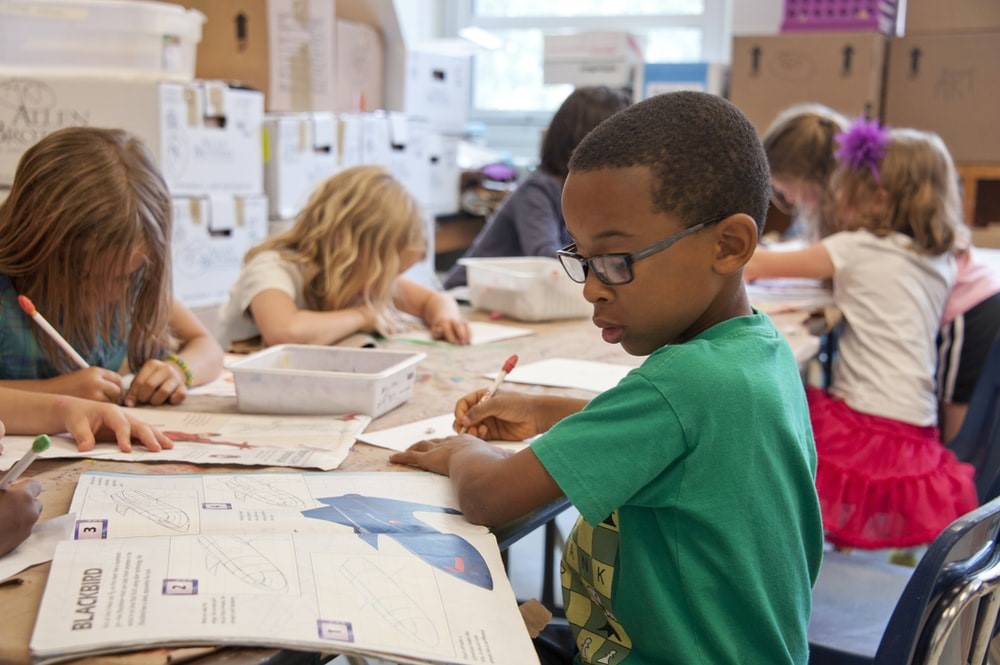
If you have noticed any of the early signs of dyslexia above in your child, speak to their teachers to see how they
are progressing and developing compared to their classmates. It's important to
note that diagnosing dyslexia can be challenging as not all signs of dyslexia are obvious in every child.
After speaking
with their teacher, book a
doctor's appointment to rule out any visual or
hearing difficulties or other conditions such as ADHD. After eliminating any other potential problems or conditions, your child will be sent for an assessment and testing
to evaluate if they have dyslexia.
The dyslexia evaluation is a thorough screening process, including verbal,
written, and listening evaluations. It’s important to note that the levels of
dyslexia vary in every individual that is diagnosed.
Dyslexia can run in families, so your family history will also be examined.
Remember that
dyslexia doesn't impact your child's intelligence. The testing and screening
process can highlight your child's strengths, making educational intervention
centered around areas that your child
understands more easily, such as verbal learning and communication.
Whether your child is
learning and developing at home, preschool, or elementary school, the early
signs of dyslexia can be spotted when they are learning
to read, write and focus on certain tasks. There are many speech and language tools for dyslexia that schools
can use to support your child's development. Check out our top dyslexia learning tools for more suggestions on supporting dyslexic
students in school.
Here are our
favorite sensory tools for dyslexic children to help them increase
concentration, confidence, and stimulation.
Brilliant for motor
planning and color recognition, the balance beam is a fun way to combat early signs of dyslexia by developing your child’s gross motor skills.
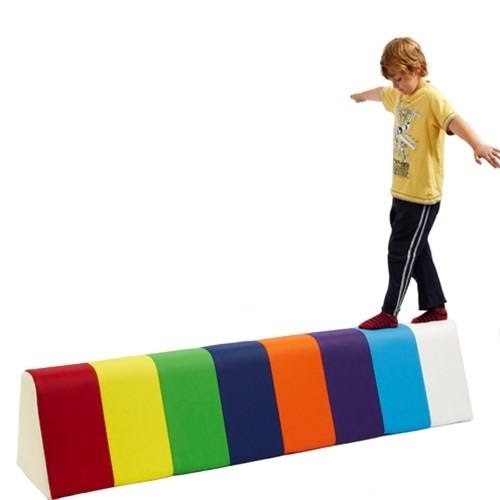
There are many ways to use
bubble tubes to support children displaying signs of dyslexia. In addition to their primary use as a calming distraction for frustrated or distressed children, bubble tubes can also aid motor skill development.

These strands of
colorful light are tactile and interactive, making them ideal for developing color recognition and concentration skills,
especially in children showing signs of dyslexia in early childhood.
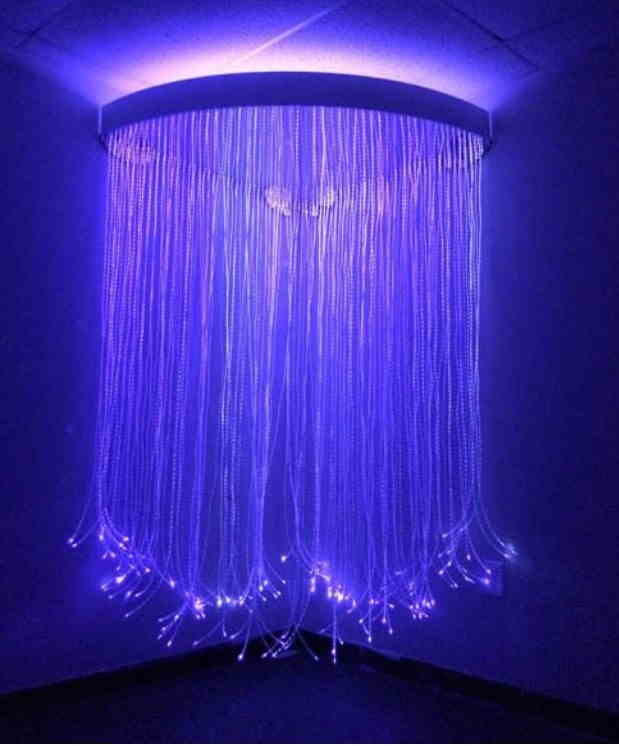
Great for engaging children in conversation, telling stories, and improving fine motor skills, sound boards can even be customized with
your own messages!
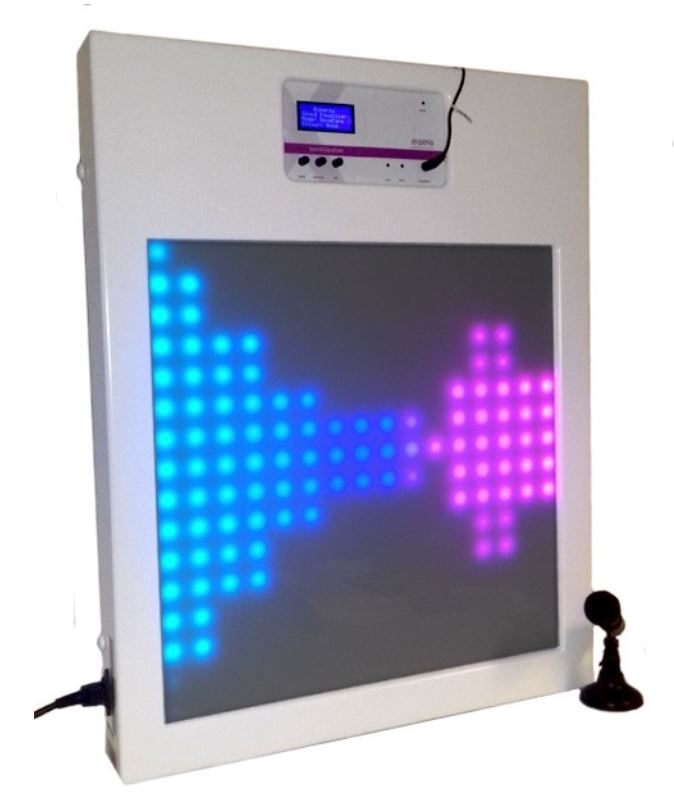
Utilizing many
of the previous tools in perfect unison, sensory rooms engage all the senses in a 'full body'
experience that supports the development of
vocalization, as well as cause and effect
skills.
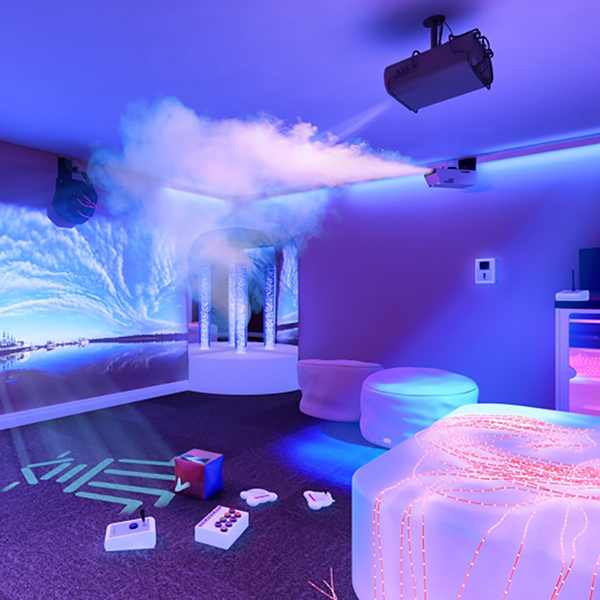
We hope that you now understand how to spot dyslexia and what the early signs of dyslexia in toddlers and children are. If your child has shown any of the early signs of dyslexia or if you would like to invest in dyslexia-friendly sensory products, get in touch with one of our expert sensory advisors. Together, we can explore the best sensory products or services for your child’s needs.

Cecilia
Cruse, MS. OTR/L, holds a bachelor’s degree in Occupational Therapy from
the University of Florida and a master’s in Education from Georgia State
University. A SIPT-certified professional, Cecelia has gained over 30 years of
pediatric experience in various settings, including Augusta University.
An accomplished consultant and author, she has
appeared on CNN’s Health Watch and Extreme Makeover: Home Edition. Cecilia has
also served as a Subject Matter Expert for the Abilitations/School Specialty
Special Needs Division and lectures nationwide on sensory solutions for
educators and therapists.